The healthcare industry for humans has made significant strides into the digital era, so it’s only natural that the same transformation should follow in the pet healthcare industry. A variety of devices, such as smart health monitoring platforms and wearable devices are on the market, enabling pet owners to track almost every aspect of their pet’s lives. By using technology to learn about our pets’ lives, we are now able to detect changes we couldn’t always see before. We can follow our pets over time and actually see how nutrition, exercise, sleep and other activities impact their overall well-being. Smart pet technology is actually helping to make what was once invisible in our pets’ lives visible.
How Smart Pet Tech is Redefining Pet Care
Our furry friends aren’t able to tell us how they’re feeling. Traditionally, we’ve relied on various signs, behaviours, and our own “gut feelings.” Today, connected pet products can provide us with additional, deeper insight into our pets’ lives, by building a picture of a pet’s “normal” behaviour profile, making it easier for us to spot trends or changes that could be cause for concern.
In-home pet monitoring devices, such as connected feeders and hydration stations, also provide reliable supportive information for veterinary professionals which could potentially aid in accurate diagnosis. For example, a change in drinking behaviour is one of the most concerning indicators in senior cats and a sign of conditions like hyperthyroidism, kidney disease and diabetes, but monitoring your cat’s water consumption is not always so easy to do on your own. Data from a pet monitoring device can provide the level of accuracy, impartiality, and reliability that you and your veterinary practitioner need.
Additionally, with the rise of telemedicine, veterinary practitioner are able to access data from smart devices, which aids in supporting chronic disease diagnosis and monitoring.
Looking for a Veterinary Practitioner?
Your veterinary practitioner plays a big role in your pet’s health. Enter your location information and get a list of vets near you.
FIND A VETERINARY PRACTITIONER NEAR ME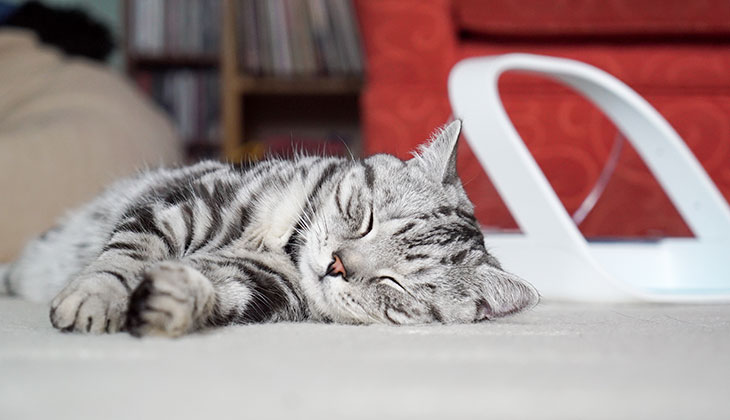
Connected Feeders
A number of smart pet feeders – also called a “connected feeders,” or “automatic feeders” – can have different functionalities, like allowing you to monitor your pet’s food intake, keeping food fresher for longer, ensuring each pet has access only to their own food, or automatically dispensing dry or wet food to your dog or cat according to a set schedule. Connected feeders are linked to your pet via microchip and/or to your smartphone through an app, and they allow you to monitor how much food your pet is eating, and your pet’s eating patterns. If you live in a multi-pet household, you can even manage which pet has access to which food bowl.
Connected feeders have benefits to pet owners because feeding behaviour is one key indicator of general health. Loss of appetite or changes in feeding habits may be signs of illness, including pain associated with dental disease or even osteoarthritis. Connected feeders can help to identify any of these changes that are associated with complex diseases, such as hyperthyroidism, kidney disease and diabetes, where increased or decreased appetite may be a sign that owners are monitoring.
Feeders are also useful in monitoring the intake of prescription diets such as those used for urinary tract and kidney disease, special diets used for skin conditions, for diabetes, as well as for weight loss programs.
Connected feeders can record the time your pet eats, how much is consumed, allow you to monitor this and spot any potential changes.
Connected Hydration Stations
Your pet’s water consumption is another way to keep track of changes in behaviour, and this could be indicative of an issue that may need attention. A connected hydration station – also called a “smart water fountain” – means that your pet will be getting a constant source of clean drinking water throughout the day.
Smart hydration systems provide open access for all pets in the household but recognise individual pets through their microchip or RFID collar tag, providing personalised reports for each pet. Some systems will refill automatically from an integrated reservoir when the water runs low, others send alerts to pet owners’ smartphones. These systems compile data comparing drinking patterns and quantities consumed, which can help owners spot changes over time and recognise if or when something may need further investigation.
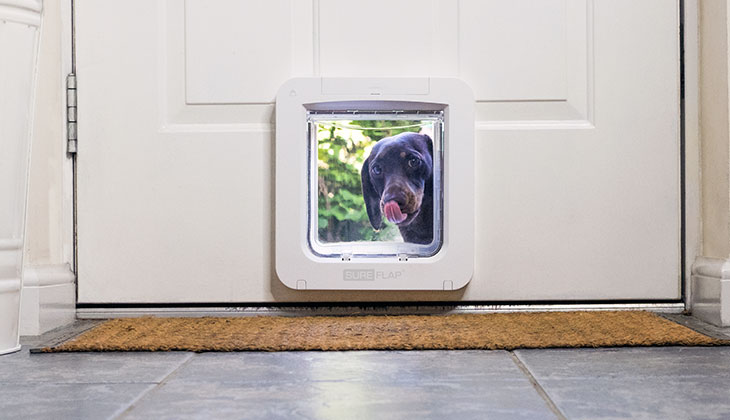
Importance of Monitoring Diabetes
Diabetes mellitus, or diabetes, is a condition that occurs when the body is unable to use glucose (a type of sugar) normally. Glucose is the main source of energy for the body’s cells and the levels of glucose in the blood are mainly controlled by a hormone called insulin. Insulin is required for the transfer of glucose from the bloodstream into the cells, so if there is no insulin or not enough insulin for the body’s needs, glucose accumulates in high levels in the blood. This is called hyperglycaemia. When blood glucose is high for a period, glucose is found in the urine and draws large volumes of water with it. This is why diabetic pets often urinate more frequently and in larger amounts and drink more water to try and replenish this.
Diabetes can occur in cats and dogs at any age, although it is more common in older pets. Diabetes can be diagnosed and managed with the help of your veterinary practitioner. With a daily routine of appropriate treatment, diet and exercise, diabetic pets can lead long and happy lives.
Monitoring your pet’s water intake, food intake and exercise can help you to monitor your pet’s progress and support your veterinary practitioner in managing your pet. For both cats and dogs, this can be done in several ways:
- Measure water intake – this helps to assess how blood glucose changes during insulin treatment. Diabetic dogs and cats drink more when their blood glucose is high. (However, note that when the pet drinks less it’s not necessarily due to low blood glucose.)
- Record the timing of meals and the amount of food eaten. Weight and body condition can also be helpful in monitoring diabetics.
- Count how often your cat or dog urinates or whether your dog wakes you at night up to go out (nocturia).
- Use a behaviour and activity monitor to make sure your dog’s exercise regimen is regular.
- How happy or energised your cat or dog seems to be.
All of these factors can be monitored and recorded using smart pet tech devices. Water and food intake can be monitored and managed with connected feeders and hydration systems. Activity and behaviour trackers can let you know how much energy your dog is expending. These are wearable devices much like the ones humans use. Your cat’s toilet habits can be monitored using a smart litter tray. A connected pet door can come in handy too, as this notifies you whenever your dog or cat goes in or out.
The ultimate goal of all of these devices is to help us make sure that the general health and well-being of our beloved cats and dogs is and remains good.


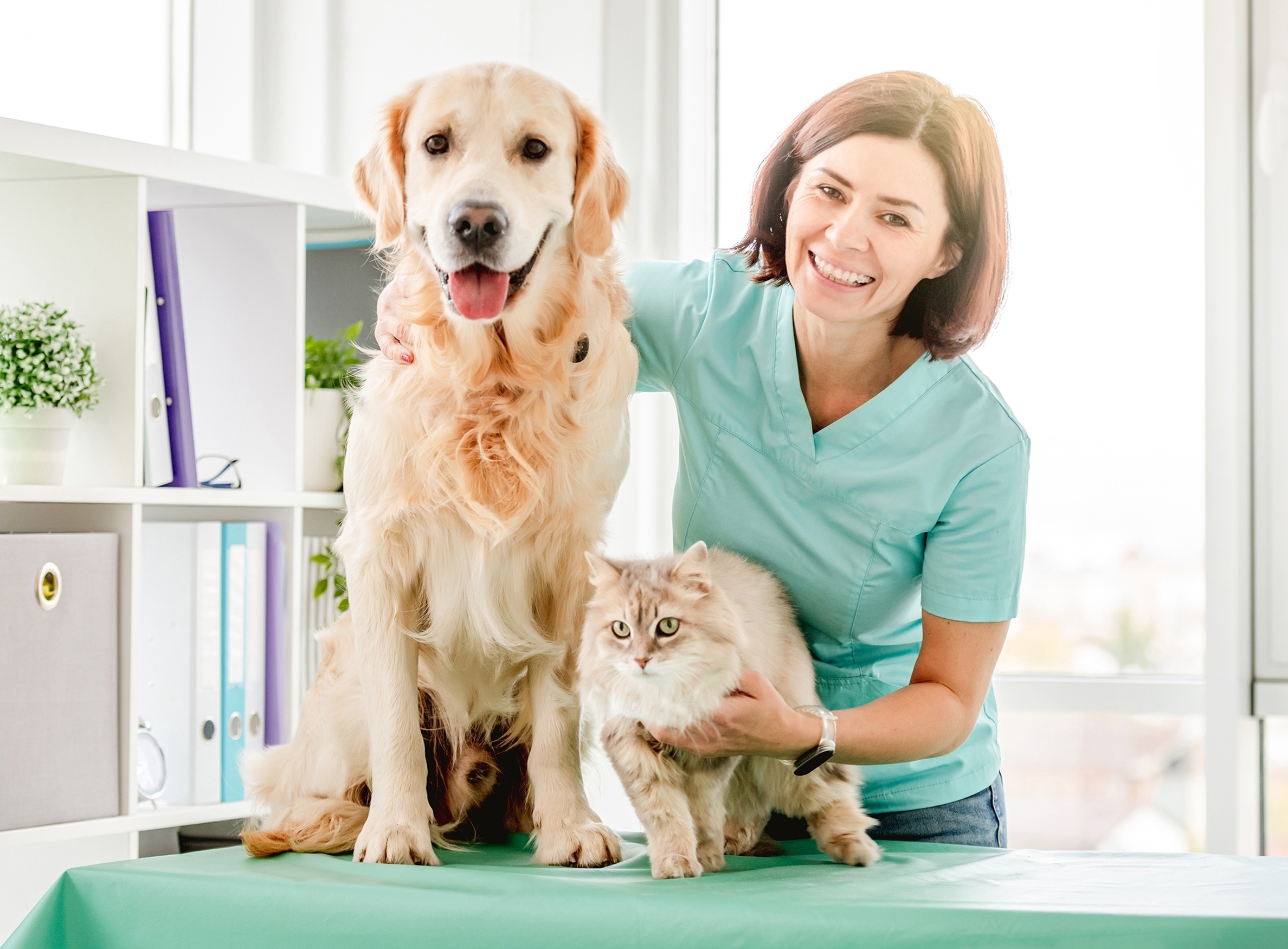
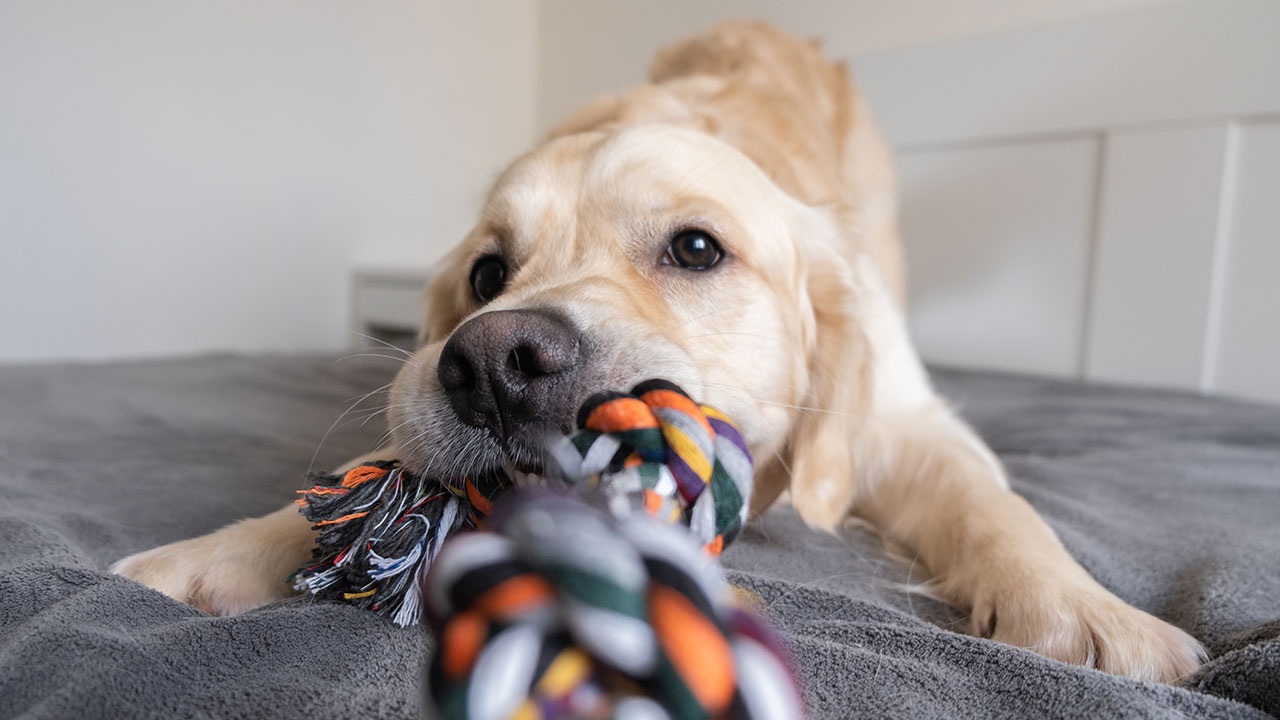

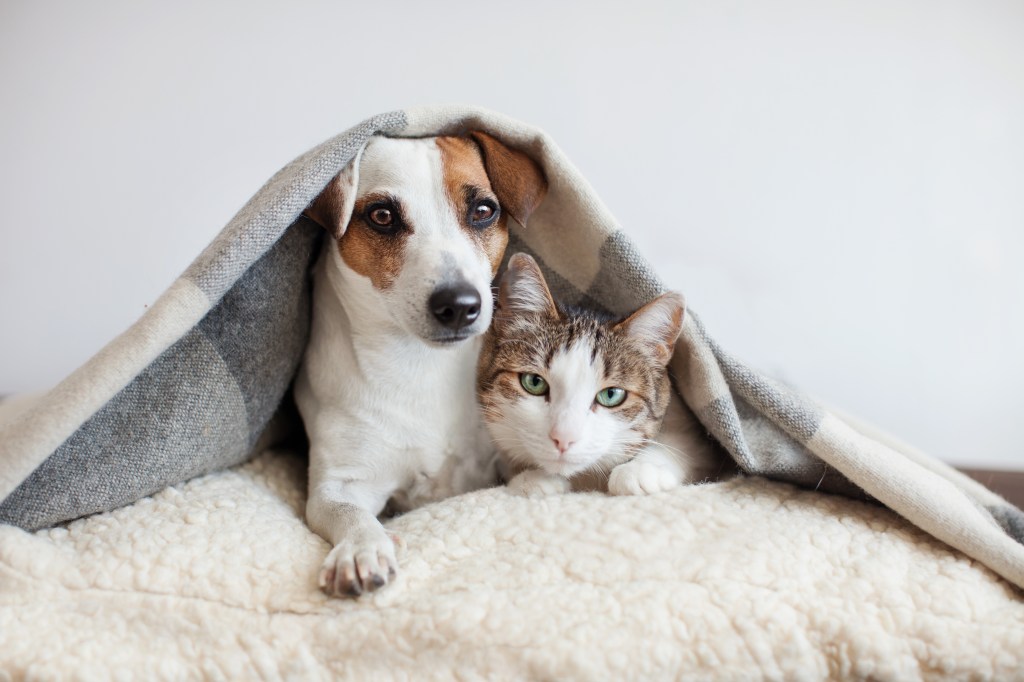
 Go To United States
Go To United States Austria
Austria Belgium
Belgium Czech Republic
Czech Republic Denmark
Denmark Europe
Europe Finland
Finland France
France Germany
Germany Greece
Greece Hungary
Hungary Ireland
Ireland Israel
Israel Italy
Italy Netherlands
Netherlands Norway
Norway Poland
Poland Portugal
Portugal Romania
Romania Saudi Arabia
Saudi Arabia Slovakia
Slovakia Spain
Spain Sweden
Sweden Switzerland
Switzerland Turkey
Turkey United Kingdom
United Kingdom